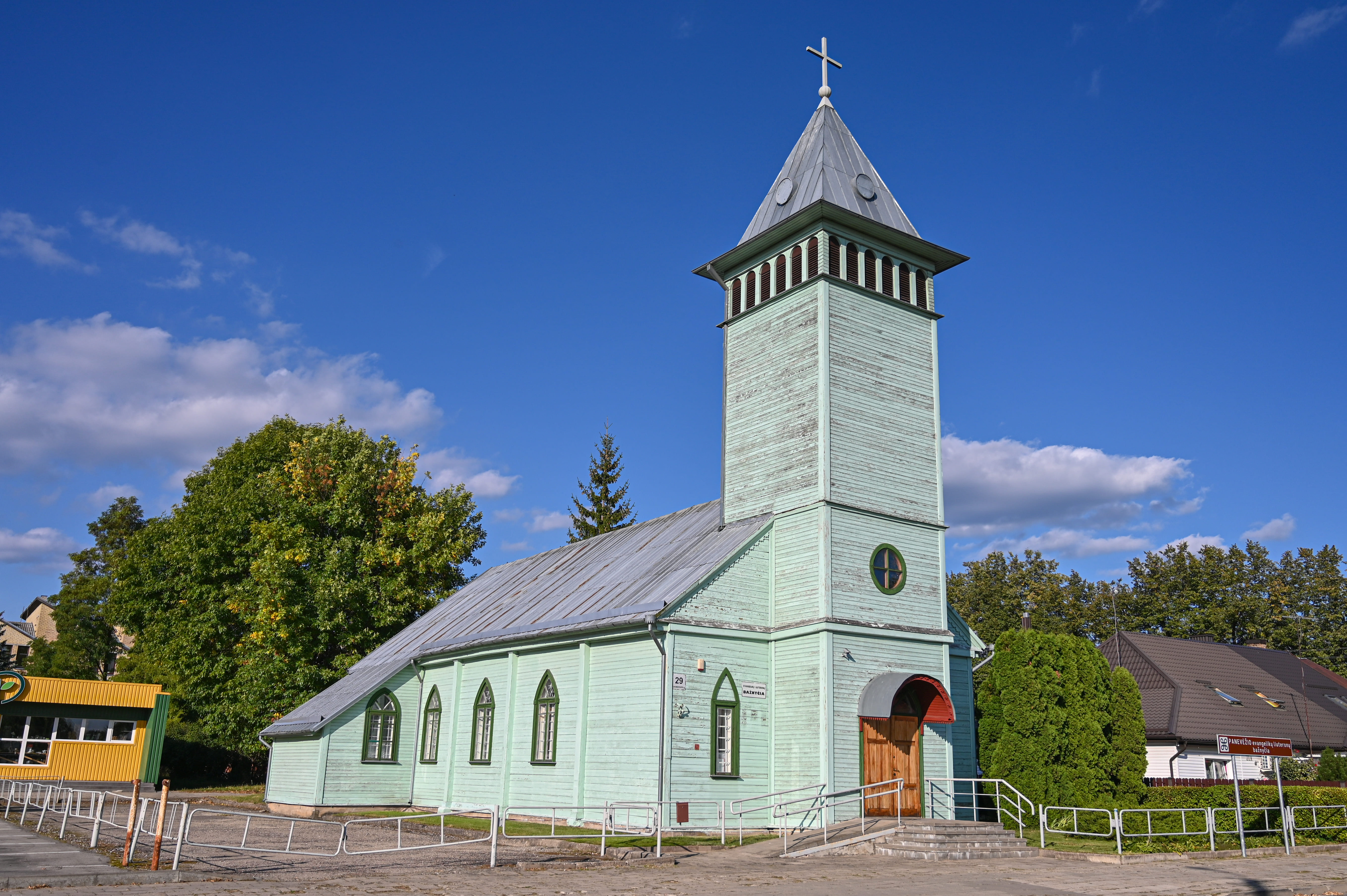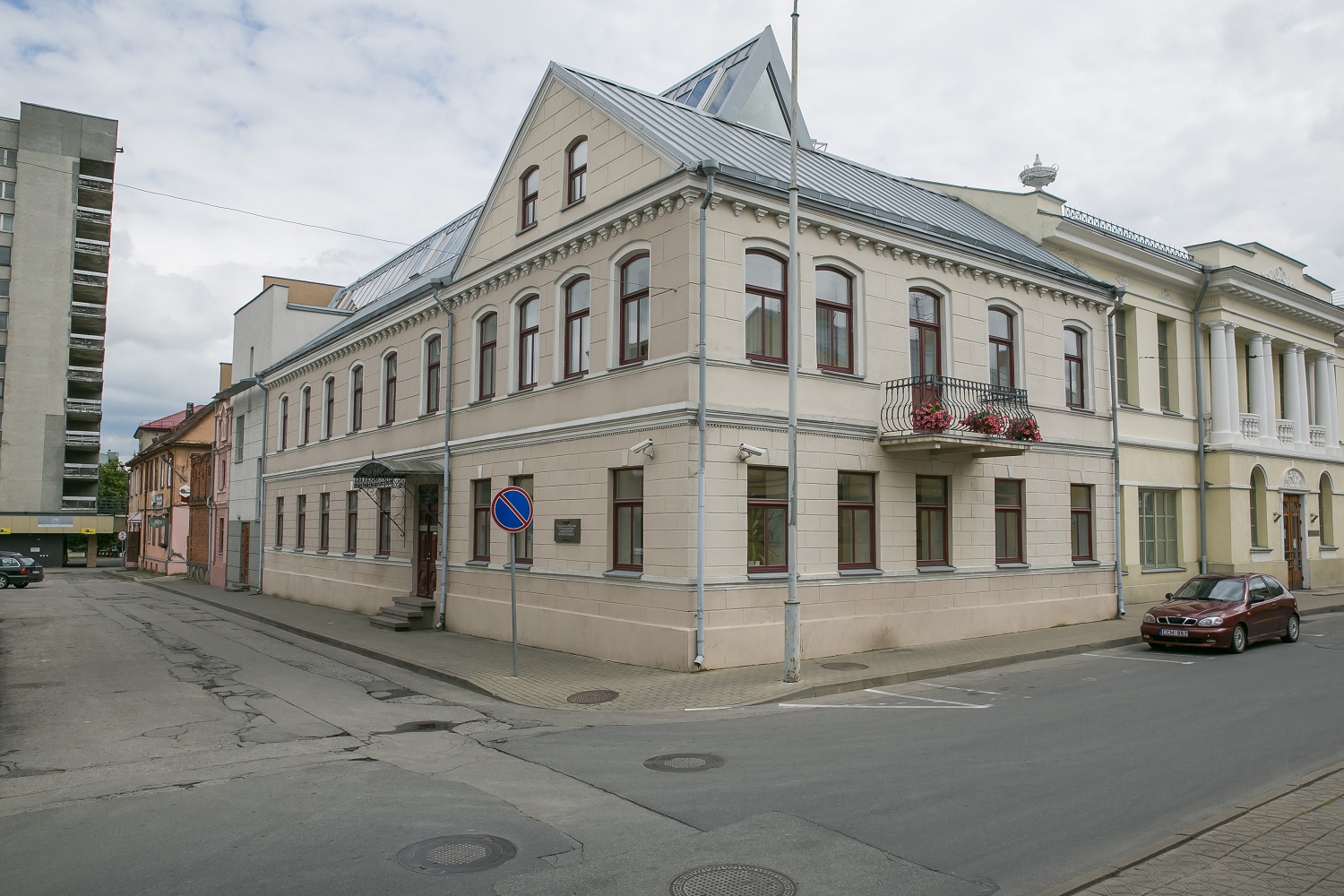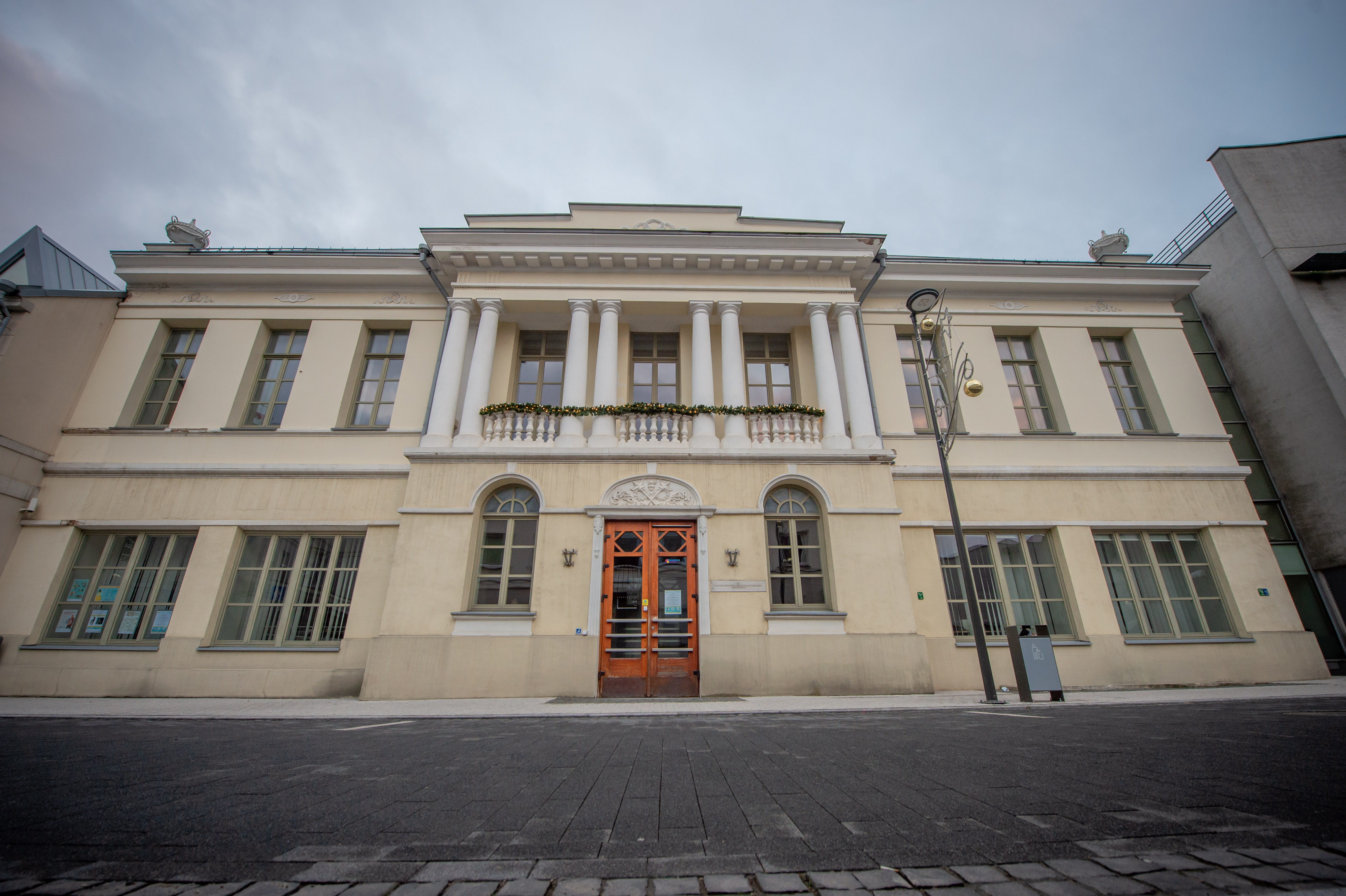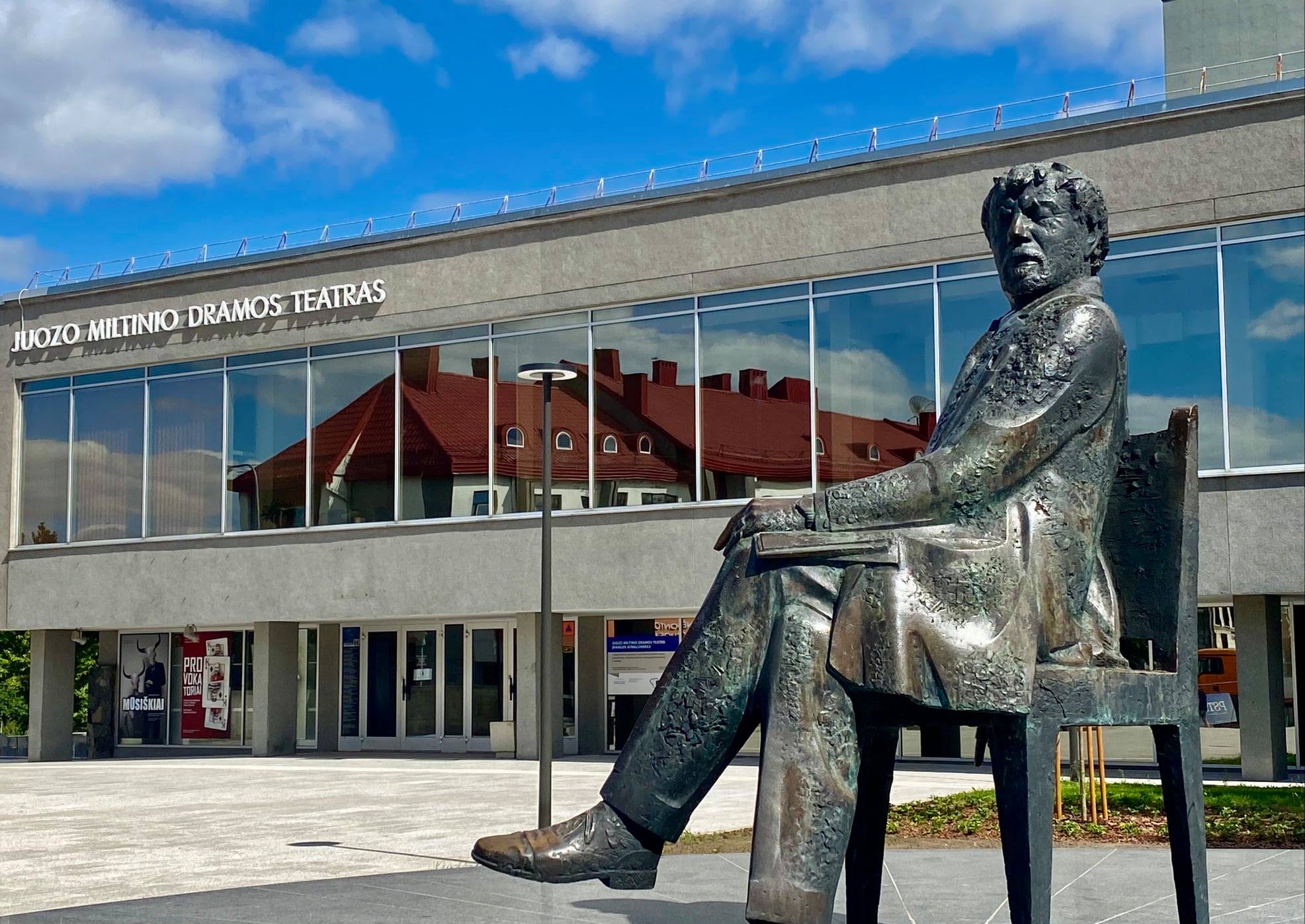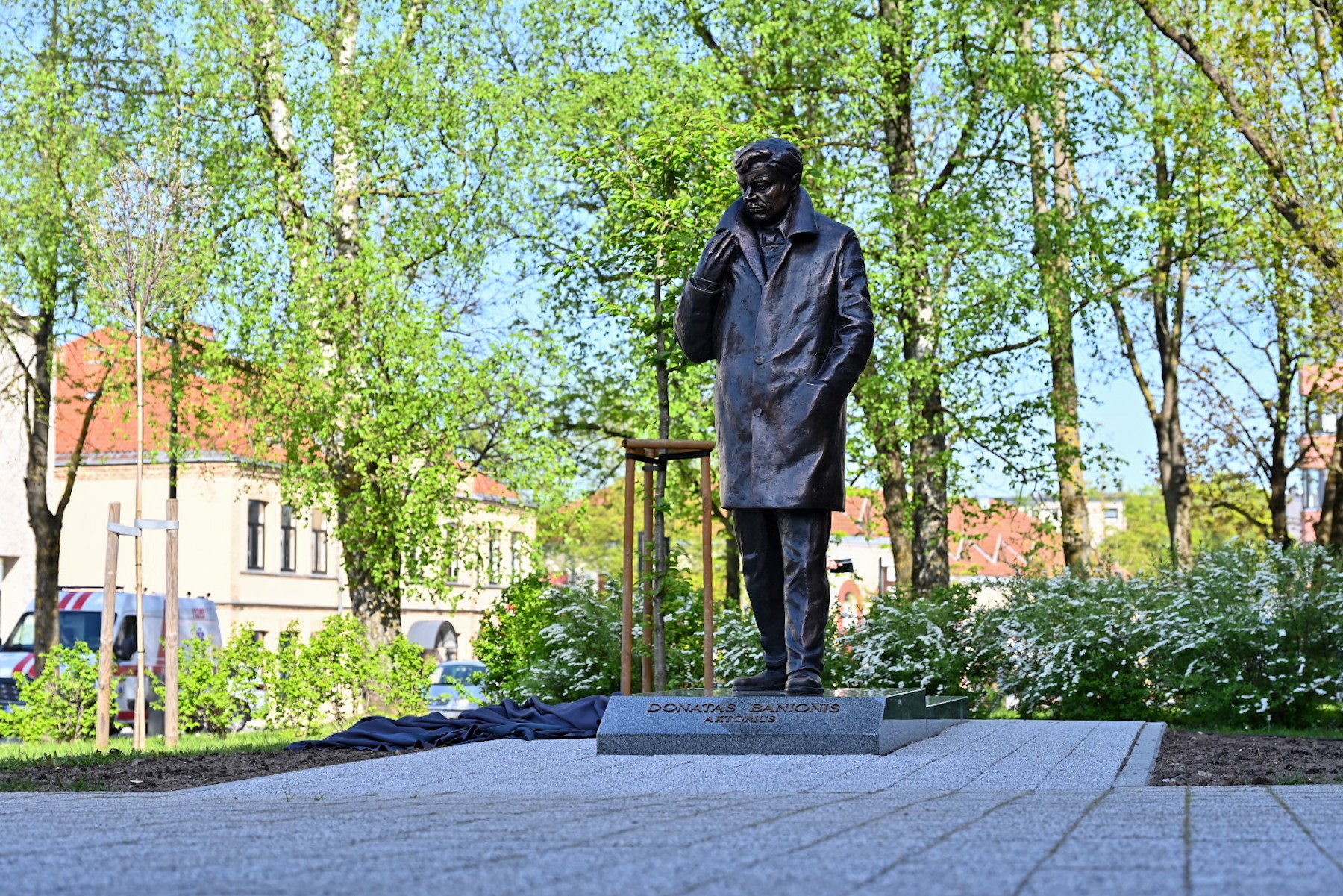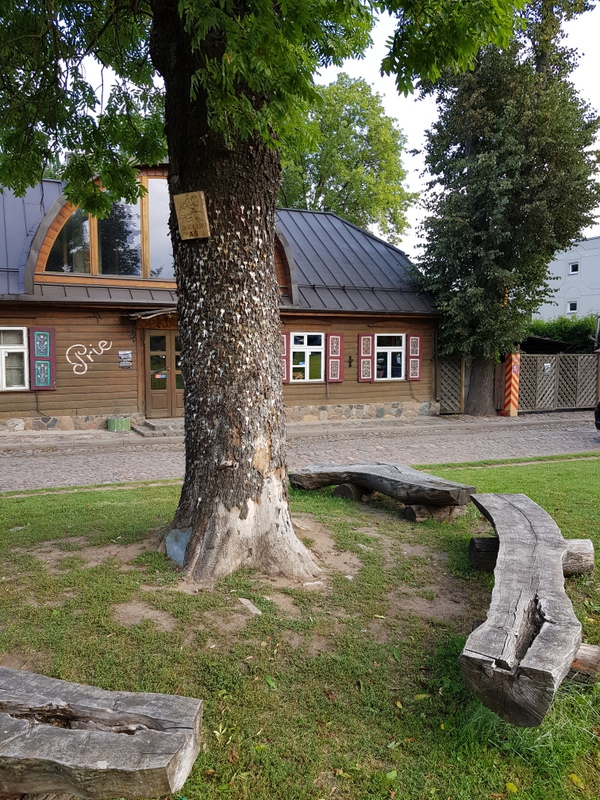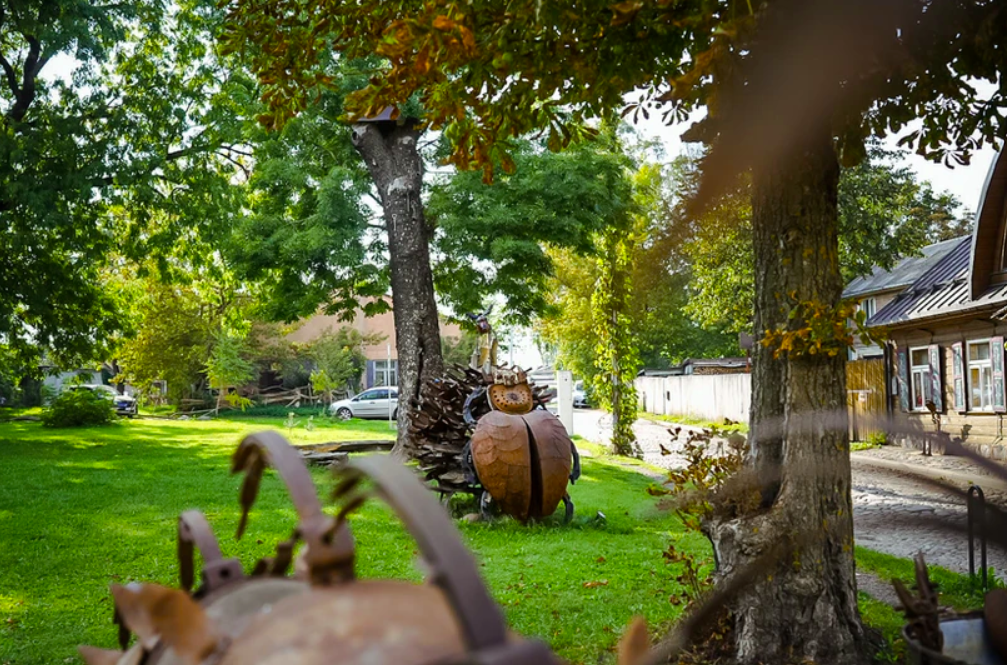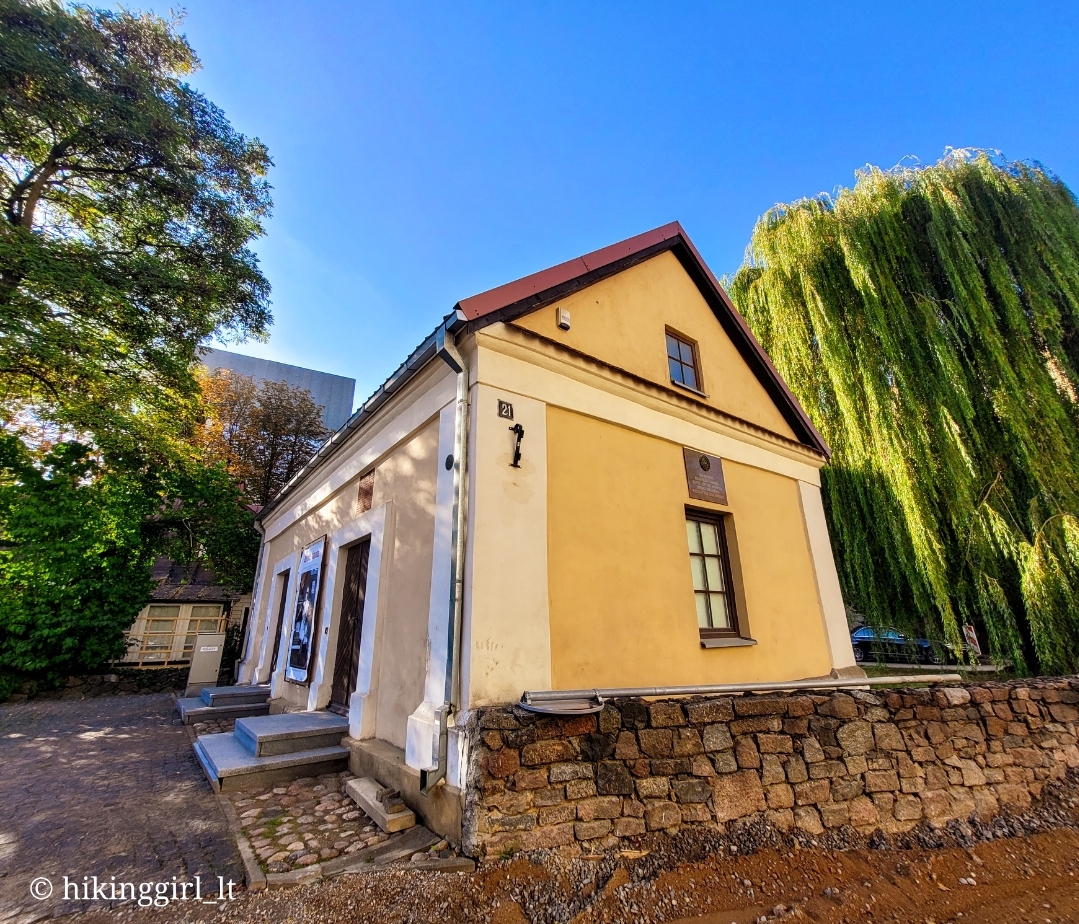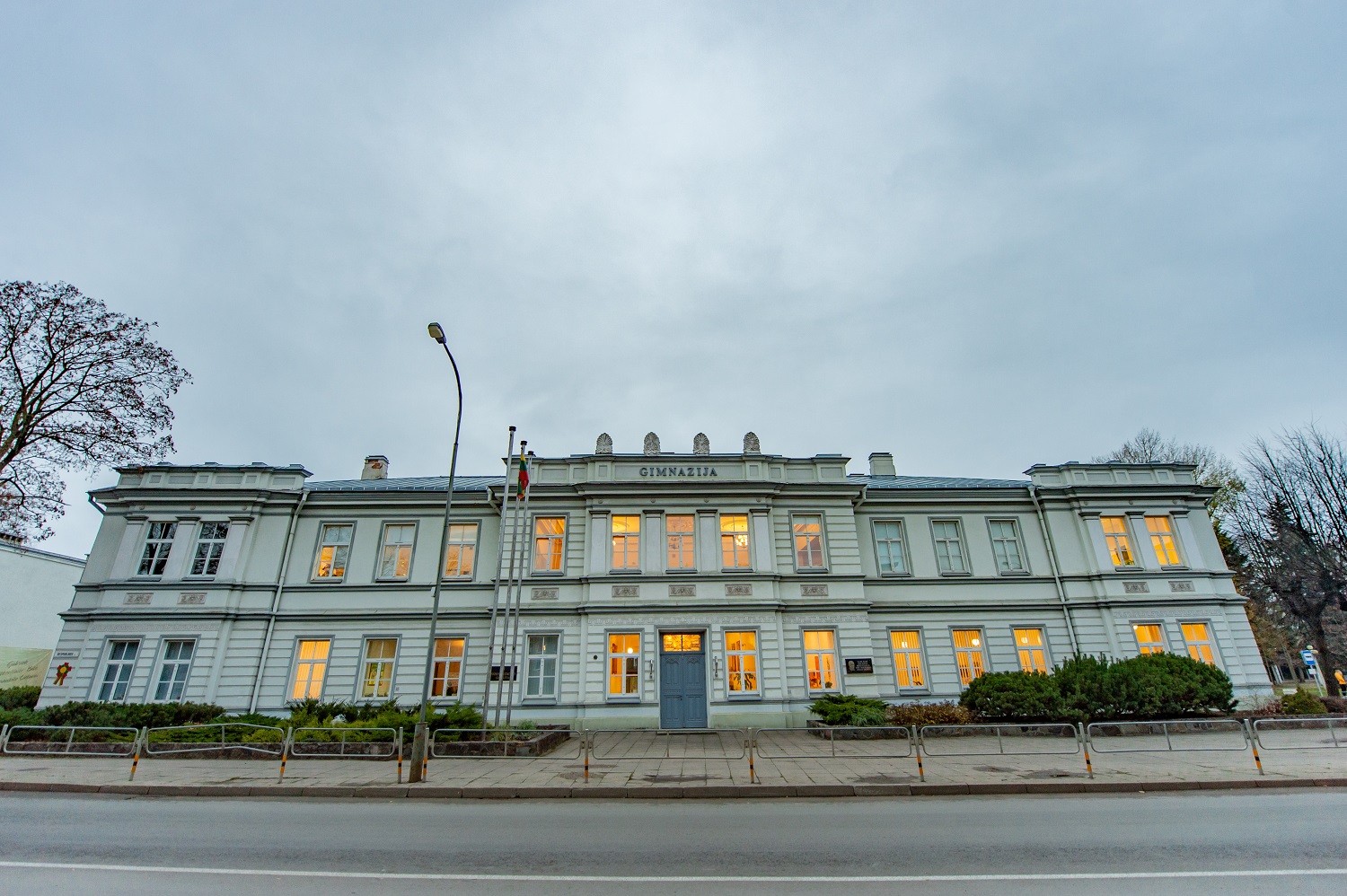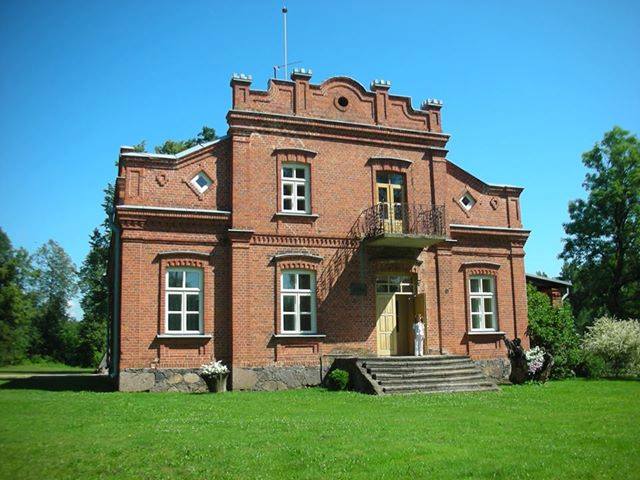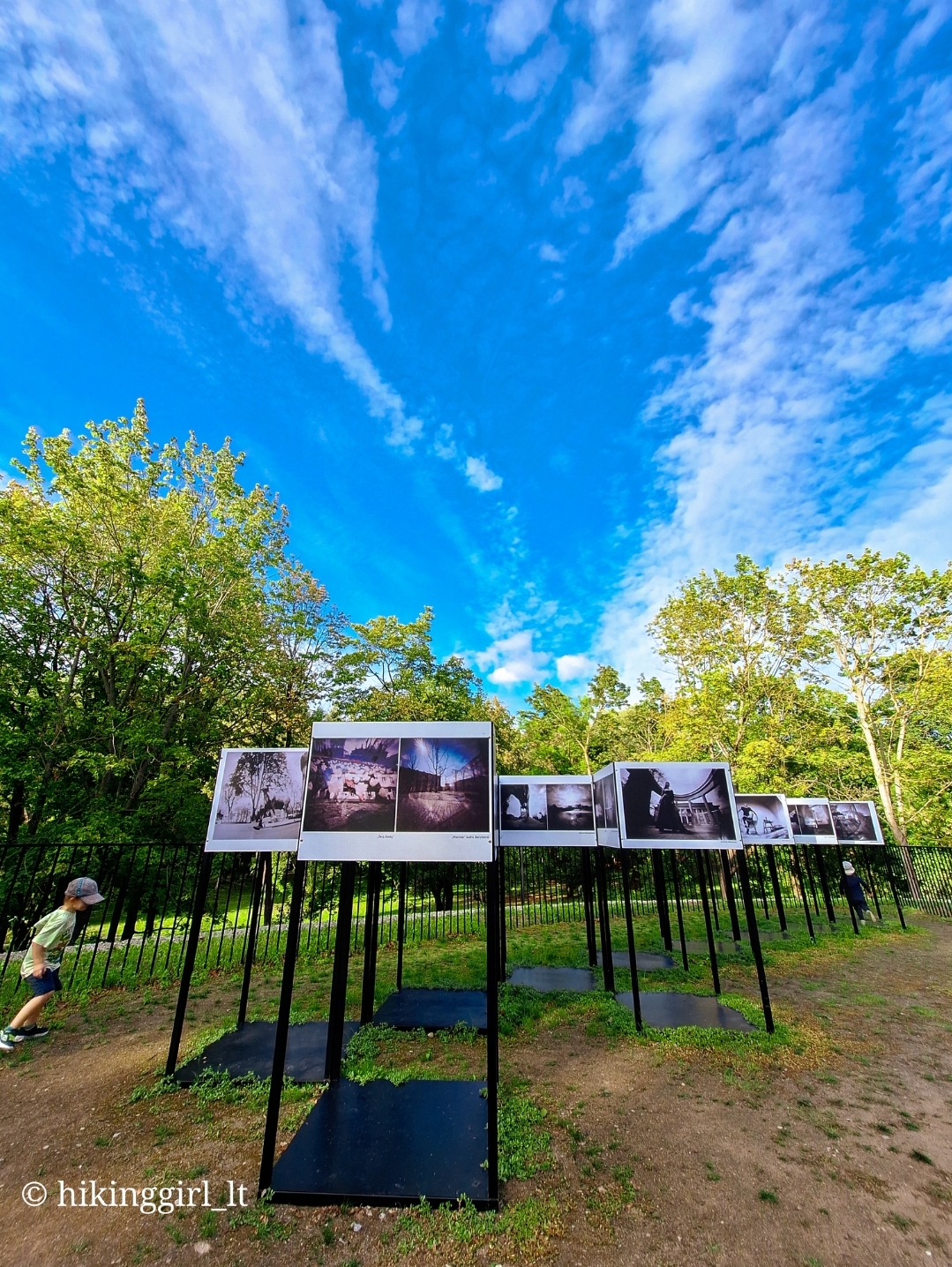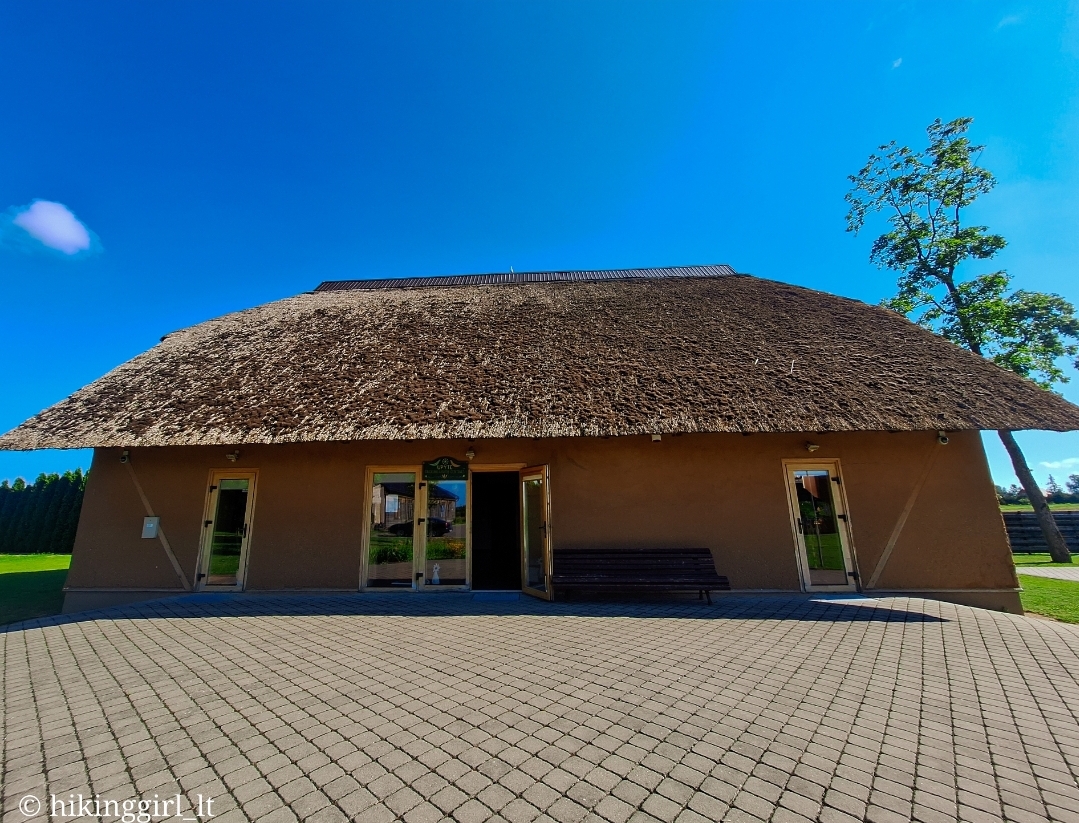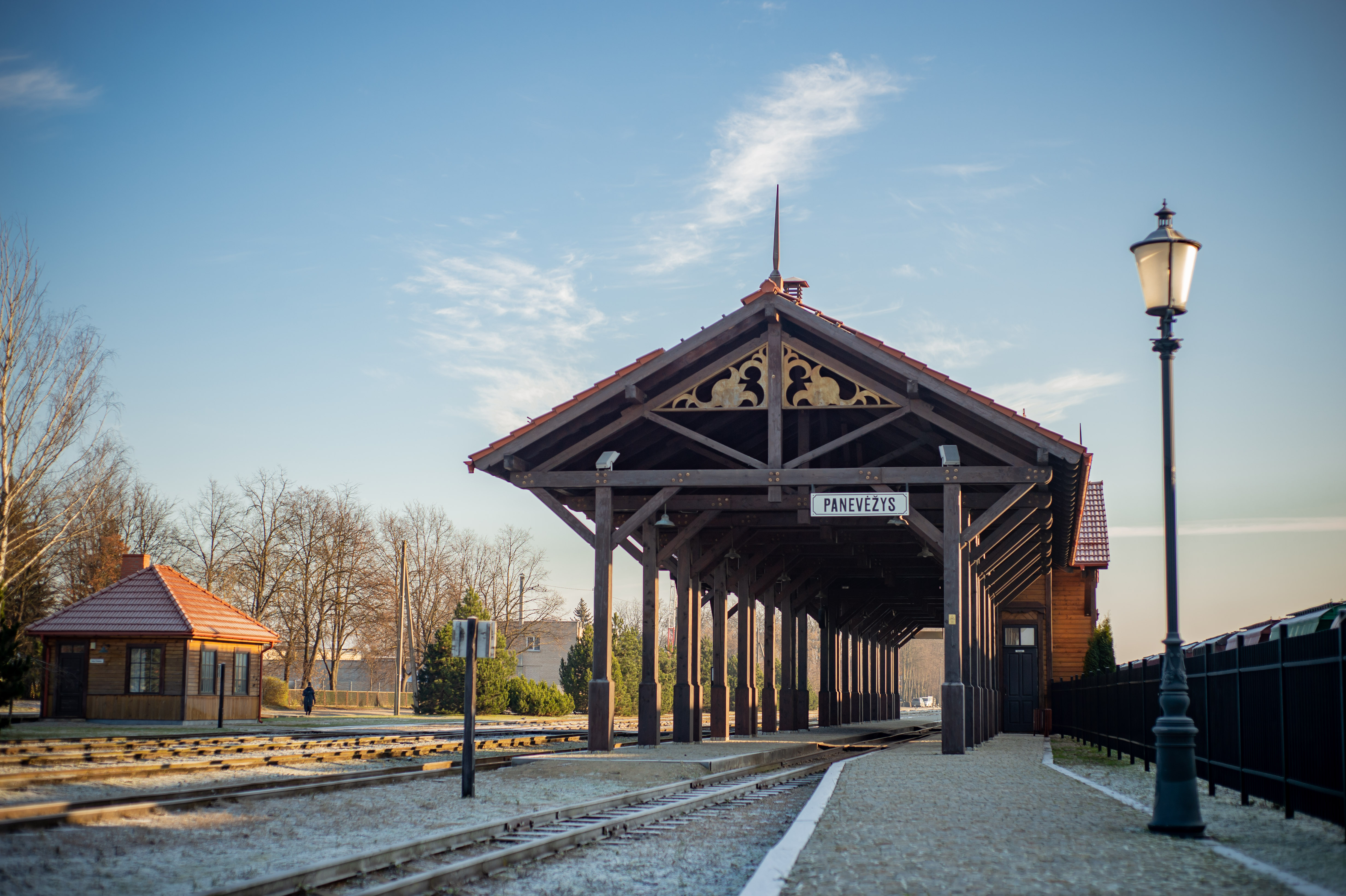Aukštaitija Narrow-Gauge Railway

1222

5

4
5 out of 5
(1 reviews)
Embark on a festive or educational journey aboard the narrow-gauge train from the Panevėžys Narrow-Gauge Railway Station! The restored station complex, featuring a waiting room, station master's house, and historic rolling stock, invites you to experience the charm of narrow-gauge railways. Enjoy recreational rides, educational programs, and even custom routes tailored to your preferences.
Info
-

Unique places
-
Panevėžys
-
The Aukštaitija Narrow-Gauge Railway, also known as the "siaurukas," is a distinctive piece of Lithuania's historical heritage that dates back to the late 19th century. Construction began in 1891, and the railway was officially opened on November 11, 1895, with the launch of the Švenčionėliai–Pastoviai section. By 1898, the railway had reached Panevėžys, and in 1899, the first trains began transporting goods and passengers. At that time, the narrow-gauge network covered 215 kilometers, with 42 locomotives, 70 passenger cars, and 130 freight wagons.
During the interwar period, the railway played a significant role in Lithuania's economic development, transporting goods such as flax, bacon, flour, and butter, as well as foreign
goods. New sections, including the Panevėžys–Joniškėlis and Pasvalys–Biržai routes, were built, with local municipalities actively contributing to the network's development, funding, and land works.
Under Soviet rule, the narrow-gauge railway saw heavy use, with up to 24 trains passing through daily. After Lithuania regained independence, the railway’s operations diminished, and freight services were discontinued in 1999. However, since 2001, the railway has operated as a historical tourist attraction. Today, the 68.4 km route from Panevėžys to Rubikiai invites travelers on a unique journey through the past, passing through towns like Taruškos, Raguvėlė, Surdegis, Troškūnai, Anykščiai, and Bičionis.
Found a mistake?
Report
Whats new?
Nearby attractions
Nearest museums
Nearest entertainment

 Entertainment
Entertainment
 Food establishments
Food establishments





























 55.746259, 24.355582
55.746259, 24.355582
 Get directions
Get directions









